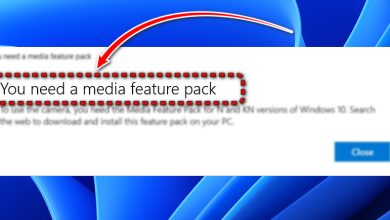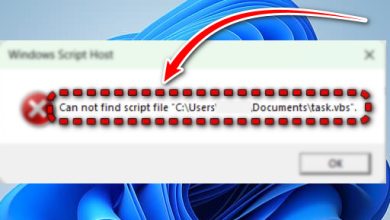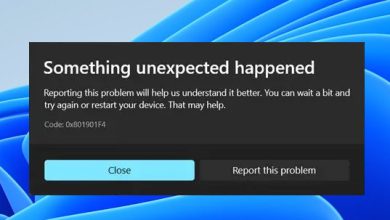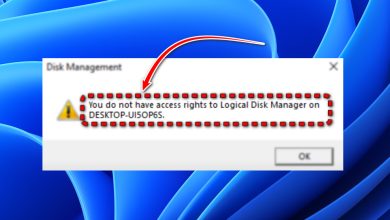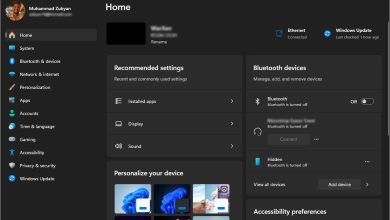Fix: Windows Does Not Have Enough Information to Verify This Certificate
The error message “Windows does not have sufficient information to verify this certificate” occurs when the system lacks the necessary resources or information to confirm a certificate’s authenticity. Digital certificates are vital for confirming the legitimacy of software and websites. They act like digital ID cards, ensuring that the entity presenting it is who they claim to be.
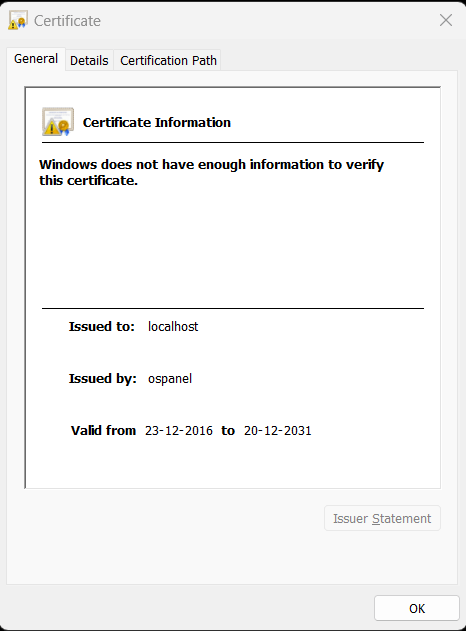
If your system is missing the required certificate, this error can occur. Certificates might be missing if they haven’t been updated or if certain settings have blocked them. However, there are other potential causes also worth considering, such as DNS settings, incorrect system date and time, and a corrupted browser cache.
Based on feedback from several affected users, we have compiled solutions that have proven effective for many. Having discussed the causes, let’s now explore the solutions to this problem.
1. Sync Your Date and Time
Each digital certificate has a specific validity period during which it is considered valid and trustworthy. If your system’s date and time are incorrect, even by a few minutes, Windows might consider a certificate invalid or untrusted because it falls outside that validity period. Therefore, make sure your date and time are accurate.
- Open the Settings by pressing the Windows + I keys simultaneously.
- Navigate to Time and Language > Date & Time.
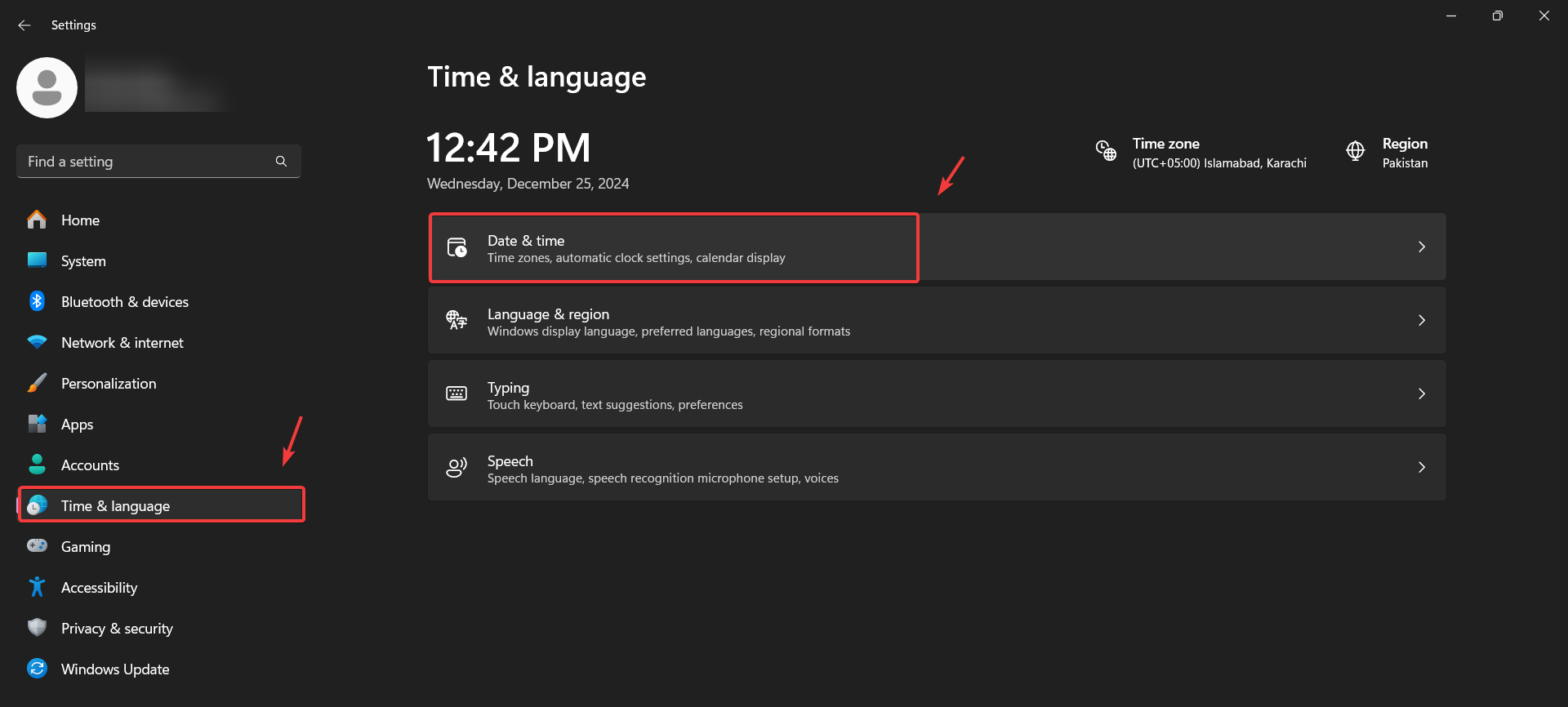
- Ensure the Set time zone automatically option is enabled, then click Sync now to synchronize your time with the Windows server. This will help ensure that your system time is always accurate.
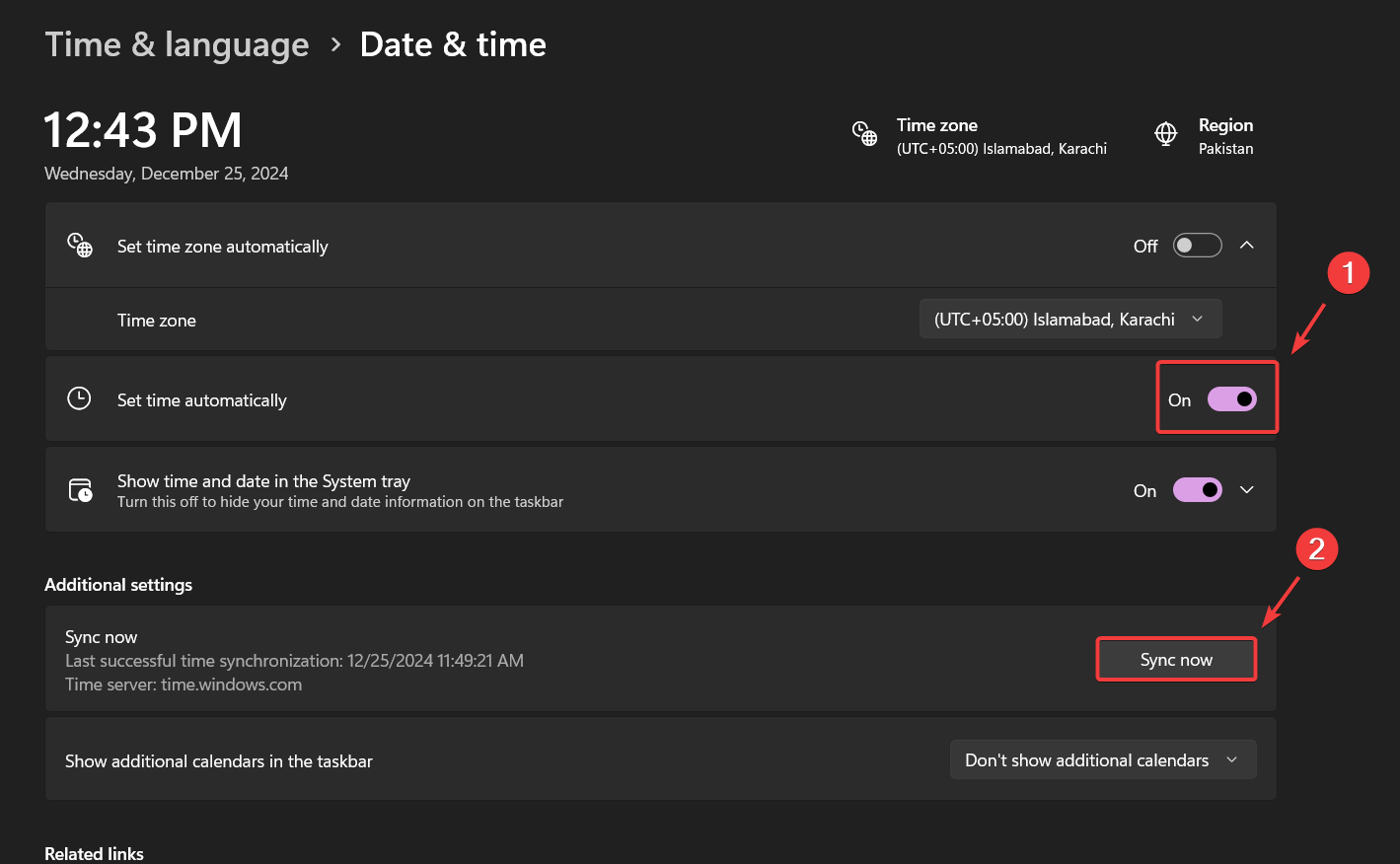
- Once completed, check if Windows now recognizes the certificate as valid.
2. Change the DNS Settings
DNS, or Domain Name System, is like the internet’s phonebook, translating domain names into IP addresses. If the DNS server your computer is using is slow or blocking access to the certificate authorities (CAs) needed for verification, Windows might struggle to validate the certificate. Changing your DNS server to a well-known and reliable one like Google DNS can often solve this problem.
- To change the DNS settings, press the Win key to open the Start Menu.
- Type Control Panel and press Enter to access the Control Panel.
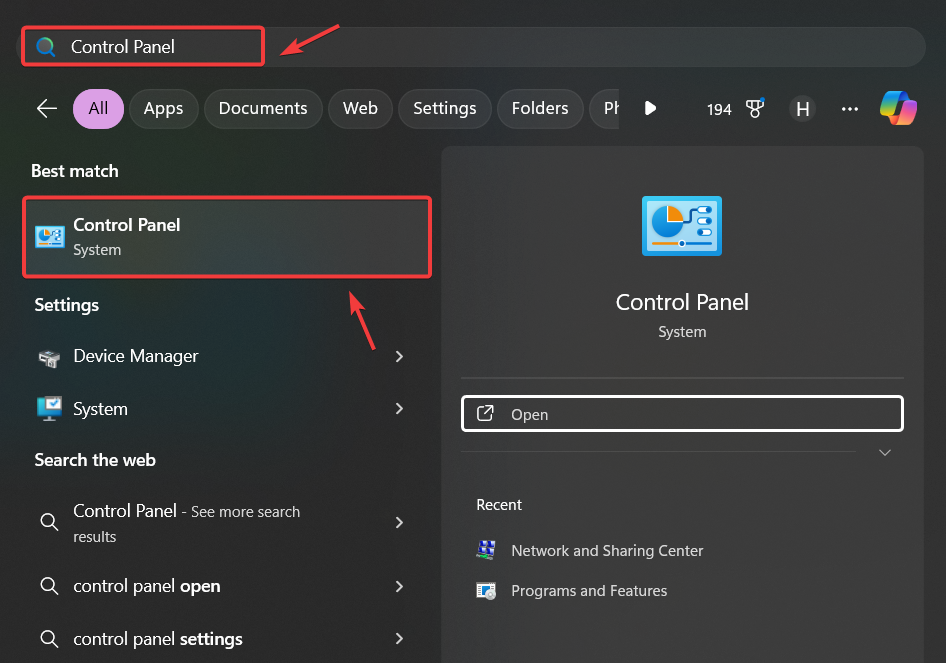
- In the Control Panel, go to Control Panel\Network and Internet\Network and Sharing Center. Click Change Adapter Settings on the left.
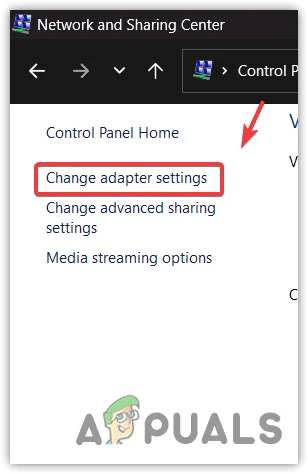
- Right-click the Network Adapter and select Properties.
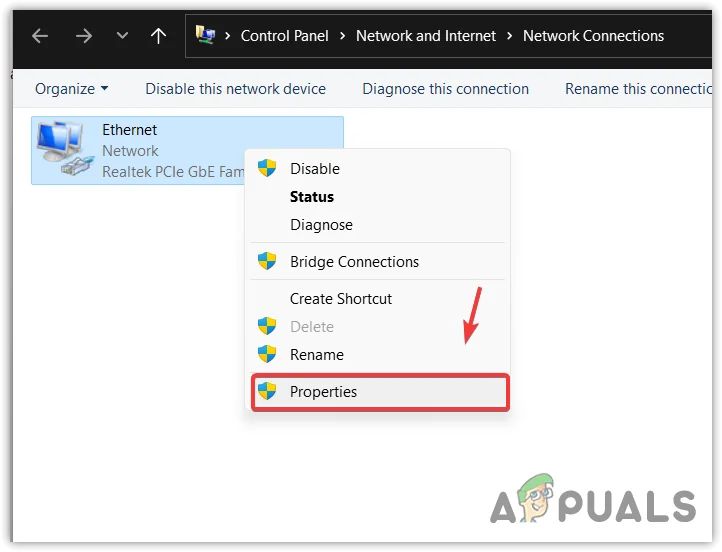
- Select Internet Protocol Version 4 (TCP/IPv4) and click Properties.
- Select Use the following DNS server addresses.
8.8.8.8 8.8.4.4
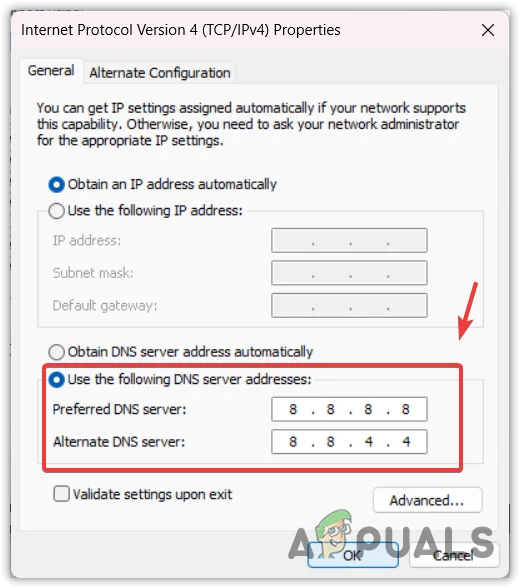
- After making the changes, click OK to save the settings.
3. Clear Browser Cache
The browser cache stores files from websites you’ve visited to help load pages faster in future visits. However, if these cached files become outdated or corrupt, they might conflict with the current site settings or certificates, resulting in errors. Clearing your browser cache and cookies related to the specific website can correct this.
- Click the Three Dots in the top-right corner and select Settings.
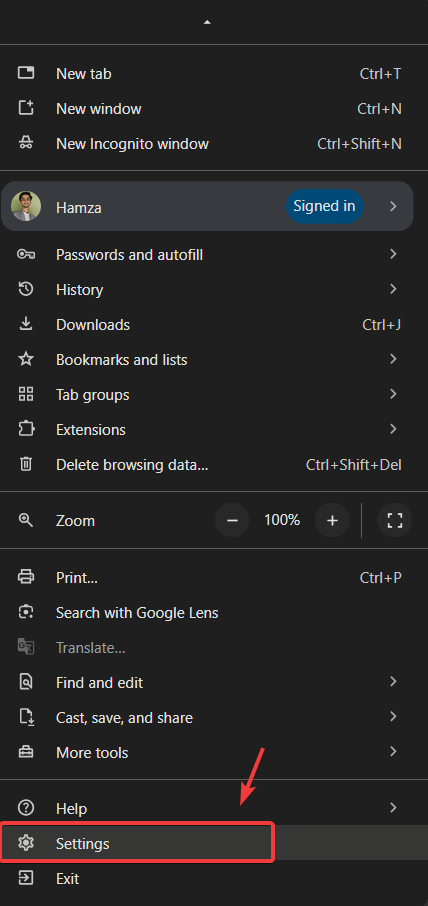
- Navigate to Privacy & Settings on the left pane and select Site Settings on the right.
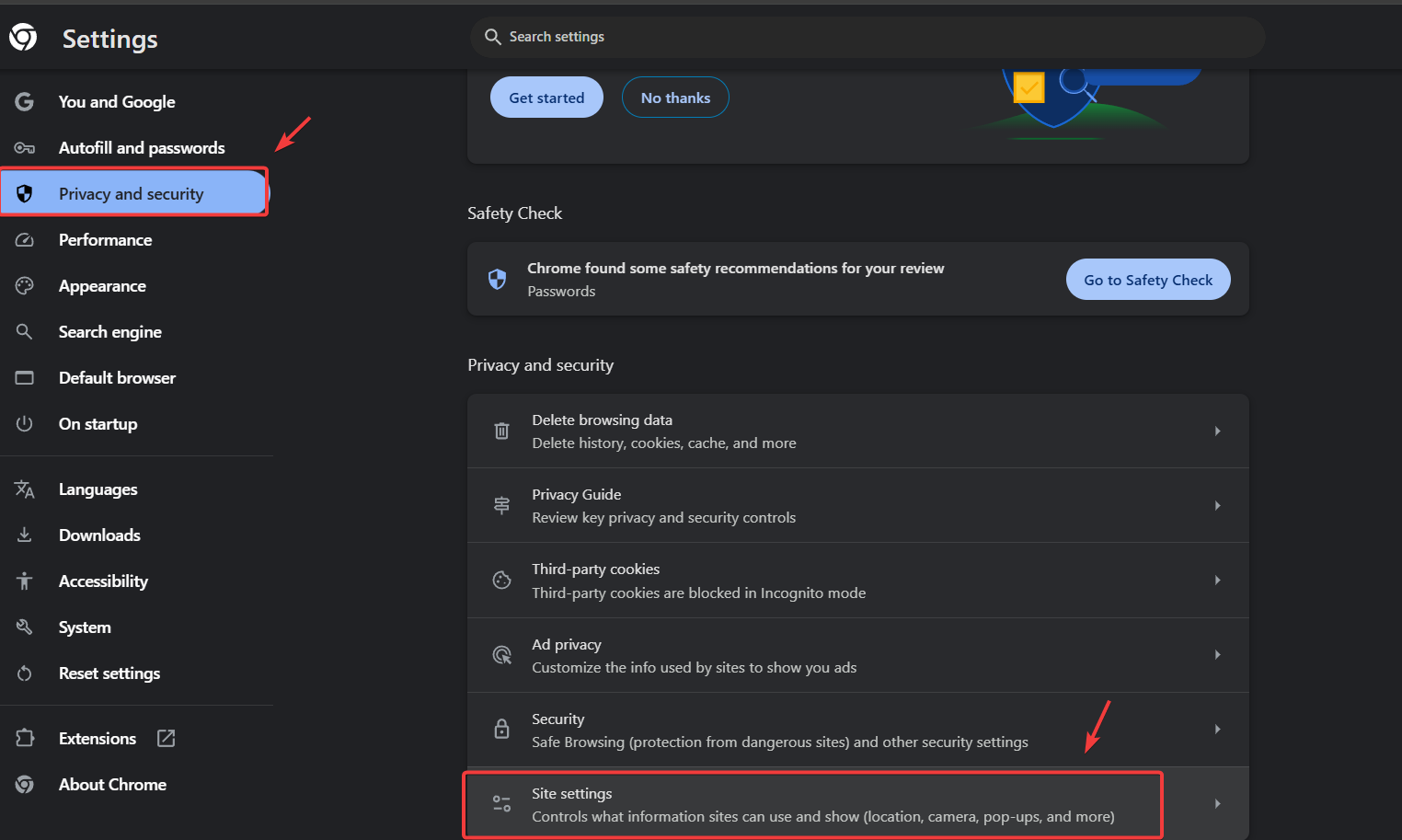
- Click View permissions and data stored across sites.
- Type the website name where you are experiencing the error and click Delete next to the website name to clear all stored data for that website.

- Click Delete to confirm your choice.

- Afterward, try accessing the website again to check if the issue is resolved.
4. Use Incognito Tab
Incognito mode allows users to visit websites without storing cookies, history, or cache data. By using an incognito tab, you can bypass existing cache issues since the browser treats the session as a fresh start, without any stored data from previous visits. Open a browser like Google Chrome or Firefox, click the three dots at the top, and select New Incognito Window. Then attempt to access the website with the error message.
5. Reset the Network Settings
Resetting the network settings ensures that your system can connect to servers without interference from DNS configurations or network-related conflicts. This process clears all network configurations and resets them to their default state.
When you reset the network settings, it removes all configurations like DNS and proxy settings and clears the DNS cache, which might contain outdated or corrupt connectivity data. A fresh DNS cache helps the system resolve domain names without any old issues. To reset, follow these steps:
- Click the Start Menu and type Network Reset.
- Press Enter to open the Network Settings.
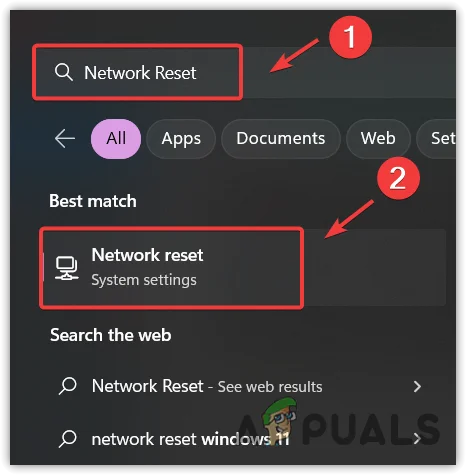
- Click Reset Now to proceed. This will initiate a reboot of your computer, resetting your network settings.
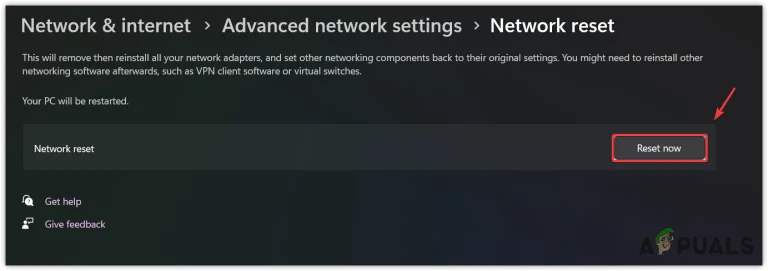
- Once done, check whether the issue is resolved.
Finally, if the issue persists, you can try obtaining the necessary certificates directly from the provider’s website, if available. Go to the certificate, select the certification path, and identify any missing certificates. Download them and double-click to open the installation wizard, following the on-screen instructions to complete the process. This step is more advanced, but it can be essential if the certificate chain is broken or incomplete.
